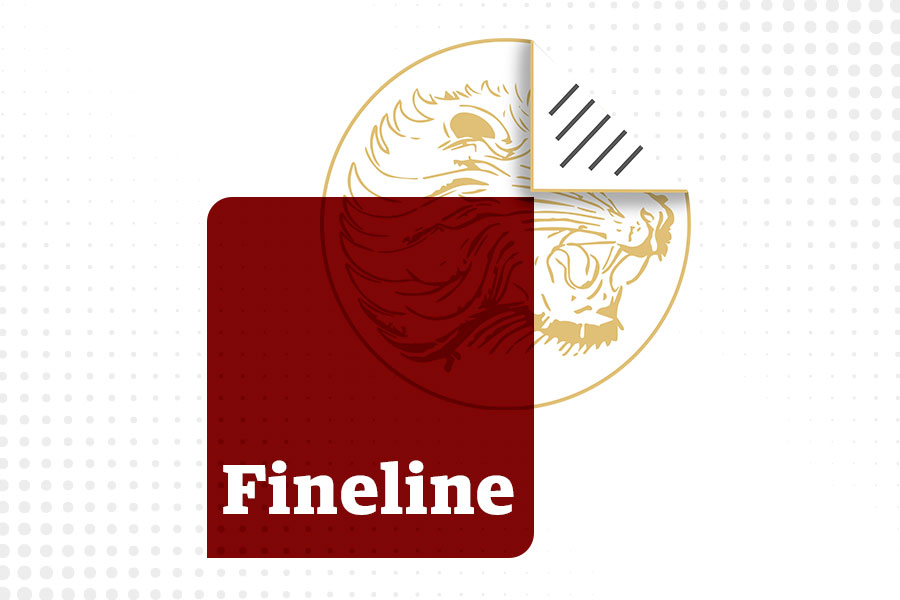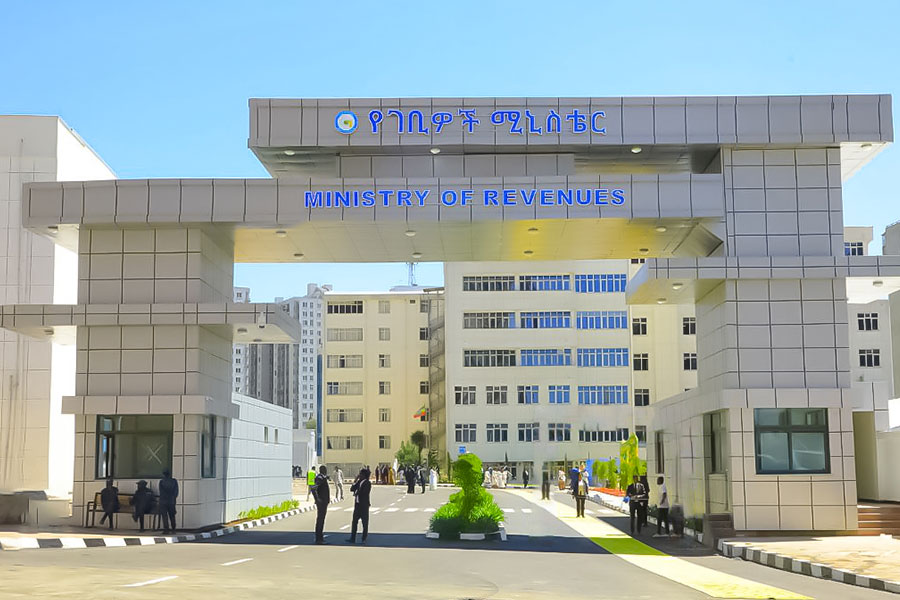
Fortune News | Jan 12,2019
The Central Statistical Agency (CSA) has revised the Consumer Price Index (CPI) for a basket of goods and services, prices set as the basis for inflation rate measurements.
The update was made on the major weighted index - major indicators - replacing a base year that is used for comparison in the measure of the economic index. The new base year replaced the one that was in use for the past eight years.
The Agency conducts the Consumption & Expenditure Survey every five years throughout the country in order to obtain the base year weight that identifies the expenditure weights of major household goods and services. The last assessment was done in 2016, but not used until last month.
The Agency has been using a rate adopted in 2011, which is too old and outdated, according to Alemayehu Teferi, director of Household Studies & Cost Statistics at the Agency.
“The 2011 base year doesn’t show the current market price,” Alemayehu told Fortune. “The newly selected base year is more diversified, up-to-date and includes additional goods that were excluded before.”
The new change has led the Agency to amend the inflation rate it reported in November. The initial report shows that the headline inflation was 10.6pc, which was later revised to 9.3pc with the new base year, spanning a 1.3pc difference.
“The change of base year creates weight discrepancies,” said Alemayehu.
One economist applauds the revision and he asserts that the discrepancy is understandable.
“The 1.3pc discrepancy is expected,” said Ali Yibrie (PhD), a lecturer at Bahir Dar University College of Business & Economics.
Ali also recommends the government take measures to lower the inflationary pressures and to keep it in single digits.
“The rate should be under control to stabilise the economy,” he said.
The first report with the new baseline shows that the inflation rate for December was 10.4pc, one percentage point higher than the previous month.
December’s consumer price index, a measurement of the average change in the price paid by consumers for a fixed basket of goods and services, shows that food inflation reached 11.4pc in December, while non-food inflation was recorded at 9.1pc, a respective two and 0.1 percentage point increase compared to November.
“Since December is a festive period,” reads the report, “prices usually rise differently from other periods.”
From food items, price for vegetables, meat, milk, cheese, eggs, butter, and spices showed an increase. Prices rose for non-food items such as clothing, footwear, housing repair and maintenance, energy, household goods and furnishings, transport, health care and food and drinks contributed as well to the growth of headline inflation.
December’s inflationary pressure was higher than neighbouring Kenya that had a single digit headline inflation rate of 5.7pc in the same period.
However, the Agency estimates that this month’s inflation rate would remain in single digits at nine percent. The officials mention the current Meherharvest season when the supply of food items will be high as a reason for the decline.
“We expect the price of food items and other goods to remain constant,” Alemayehu told Fortune.
PUBLISHED ON
Jan 26,2019 [ VOL
19 , NO
978]

Fortune News | Jan 12,2019

Fortune News | Dec 10,2018

Fortune News | Feb 12,2022

Fineline | Apr 06,2019

Fortune News | Jul 06,2019

Radar | Jun 08,2025

Money Market Watch | Apr 27,2025

Fortune News | Sep 23,2023

My Opinion | Dec 24,2022


Dec 22 , 2024 . By TIZITA SHEWAFERAW
Charged with transforming colossal state-owned enterprises into modern and competitiv...

Aug 18 , 2024 . By AKSAH ITALO
Although predictable Yonas Zerihun's job in the ride-hailing service is not immune to...

Jul 28 , 2024 . By TIZITA SHEWAFERAW
Unhabitual, perhaps too many, Samuel Gebreyohannes, 38, used to occasionally enjoy a couple of beers at breakfast. However, he recently swit...

Jul 13 , 2024 . By AKSAH ITALO
Investors who rely on tractors, trucks, and field vehicles for commuting, transporting commodities, and f...

Jul 12 , 2025
Political leaders and their policy advisors often promise great leaps forward, yet th...

Jul 5 , 2025
Six years ago, Ethiopia was the darling of international liberal commentators. A year...

Jun 28 , 2025
Meseret Damtie, the assertive auditor general, has never been shy about naming names...

Jun 21 , 2025
A well-worn adage says, “Budget is not destiny, but it is direction.” Examining t...